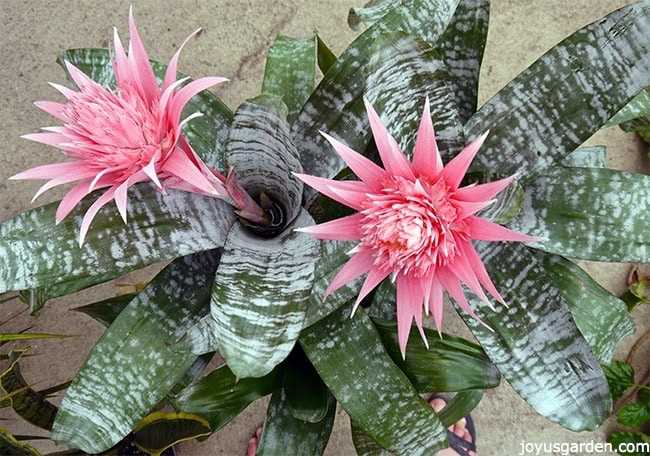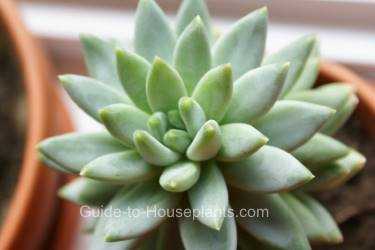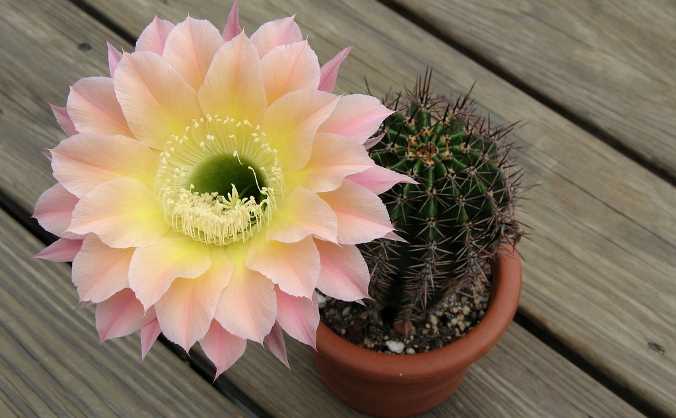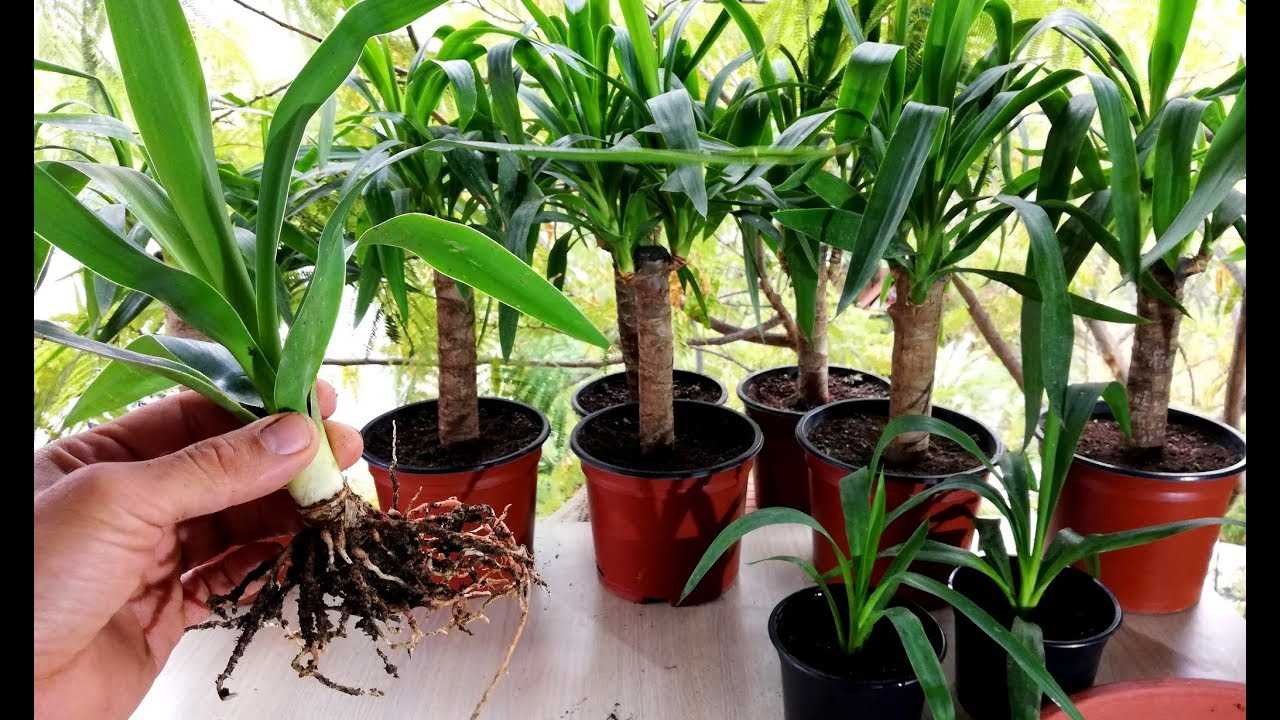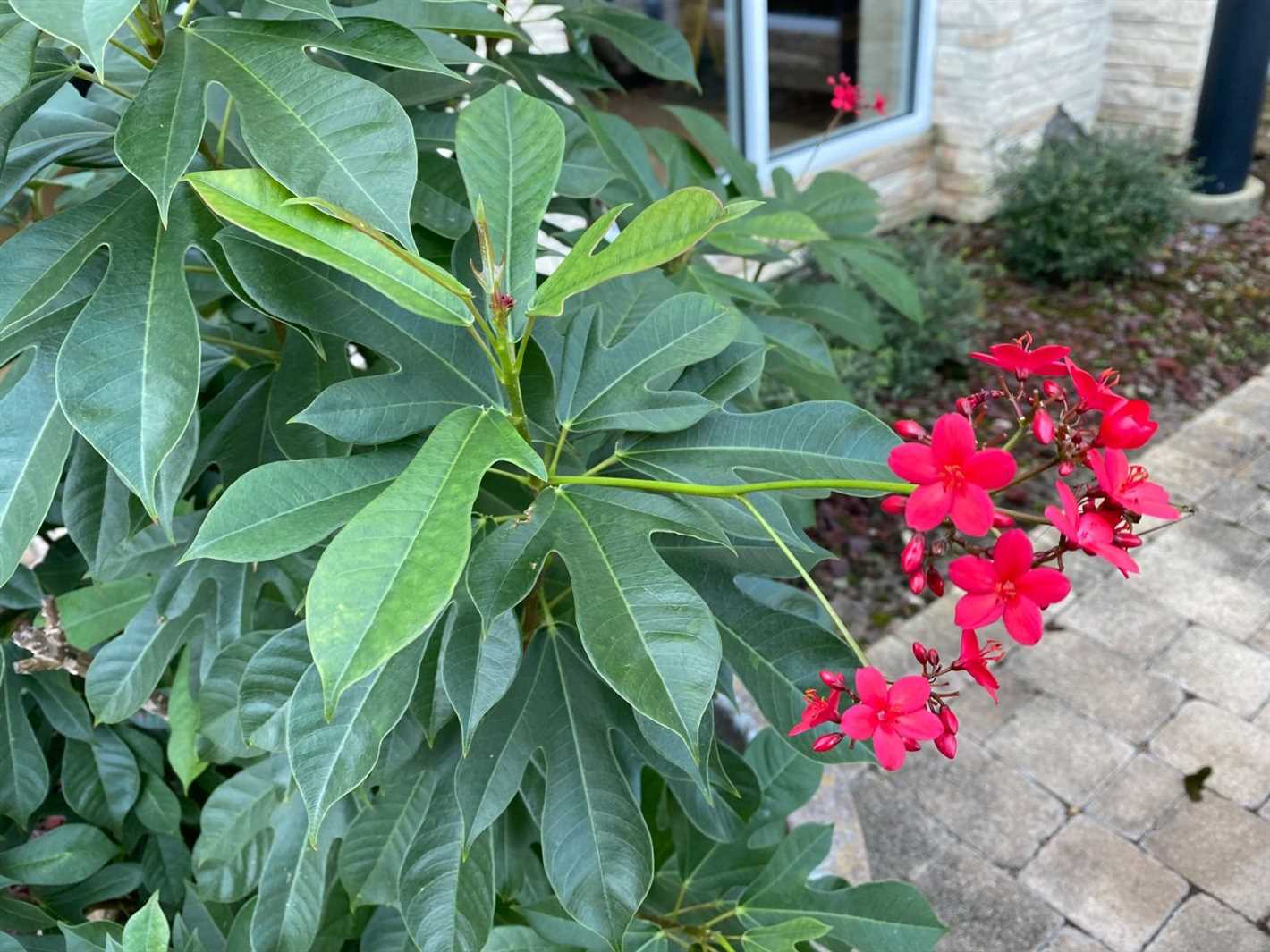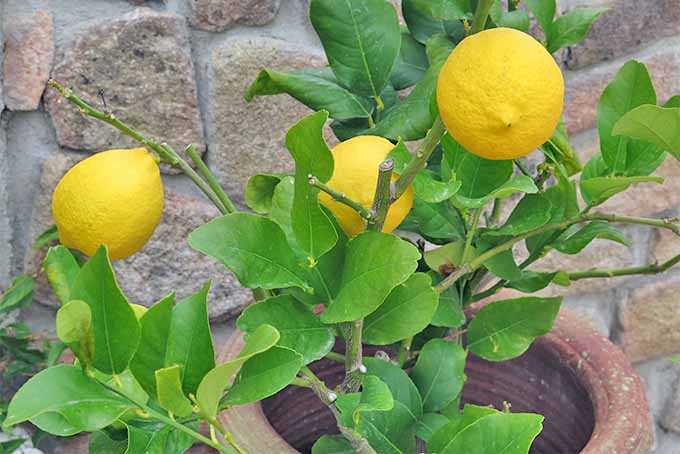- Understanding the Ficus Benjamina Plant
- 1. Light Requirements
- 2. Watering
- 3. Humidity
- 4. Pruning
- 5. Fertilizing
- 6. Common Issues
- Choosing the Right Location
- Watering and Humidity Needs
- Fertilizing the Ficus Benjamina
- Choosing the right fertilizer
- Frequency of fertilizing
- Application method
- Additional considerations
- Pruning and Maintenance
- 1. Prune regularly:
- 2. Remove dead or yellow leaves:
- 3. Control size:
- 4. Consider using stakes:
- 5. Maintain consistent watering:
- 6. Provide adequate light:
- 7. Keep humidity levels up:
- 8. Monitor for pests:
- Common Pests and Diseases
- Pests
- Diseases
- Troubleshooting Common Problems
- 1. Yellowing leaves
- 2. Leaf drop
- 3. Root rot
- 4. Leaf spots
- 5. Stunted growth
- Q&A:
- How often should I water my Ficus Benjamina?
- Can I keep my Ficus Benjamina in a low-light area?
- How big does a Ficus Benjamina plant grow?
- What is the best temperature for a Ficus Benjamina?
- What should I do if the leaves of my Ficus Benjamina start turning yellow?
- Can I propagate my Ficus Benjamina?
- Video: Prune this: Ficus Tree overgrown and in need of a trim and a prune!
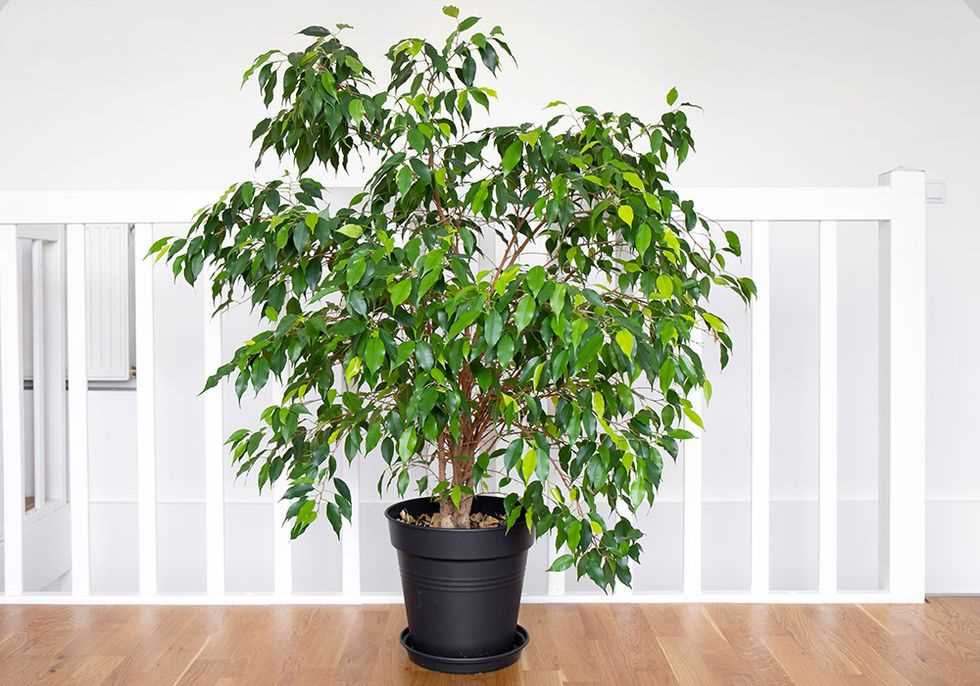
Welcome to our guide on caring for the Ficus Benjamina, an exquisite houseplant that will add a touch of elegance to any living space. With its delicate branches and lush, green leaves, the Ficus Benjamina is a popular choice among plant enthusiasts and interior designers.
Also known as the weeping fig, this tropical plant originates from Southeast Asia and is a member of the Ficus genus. Its graceful appearance and air-purifying qualities make it a perfect addition to homes and offices alike.
However, like any plant, the Ficus Benjamina requires proper care and attention to thrive. In this article, we will provide you with essential tips and guidelines to ensure your Ficus Benjamina remains healthy and beautiful for years to come.
Tip 1: Finding the perfect spot
When it comes to placing your Ficus Benjamina, it’s crucial to find a location that provides bright, indirect light. Avoid placing it in direct sunlight, as this can cause the leaves to burn and the plant to wilt. Ideally, the Ficus Benjamina should be placed near a window that receives filtered light or in a well-lit room.
Tip 2: Watering and humidity
Proper watering is essential for the health of your Ficus Benjamina. It’s important to keep the soil evenly moist, but not overly saturated. Check the top inch of soil regularly, and water when it feels slightly dry to the touch. Additionally, the Ficus Benjamina thrives in high humidity, so misting the leaves or placing a humidifier nearby can help create the ideal environment.
Understanding the Ficus Benjamina Plant
The Ficus Benjamina, also known as the Weeping Fig, is a popular houseplant loved for its graceful and elegant appearance. This plant, native to Asia and Australia, belongs to the Moraceae family and is characterized by its shiny green leaves and slender, drooping branches.
Here are some key points to help you understand and care for the Ficus Benjamina plant:
1. Light Requirements
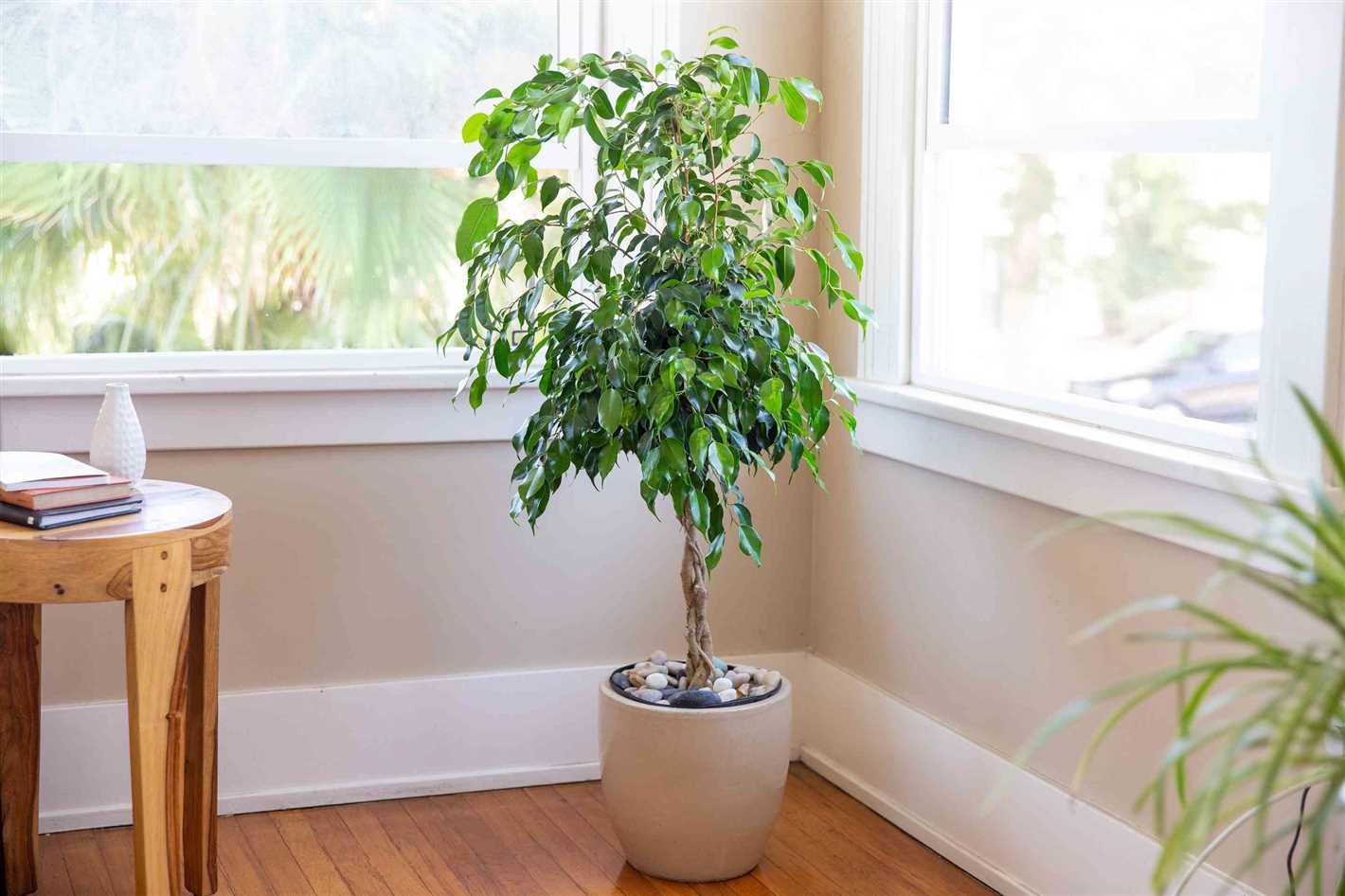

The Ficus Benjamina thrives in bright, indirect light. It can tolerate some shade, but too little light may result in leggy growth and sparse foliage. Avoid placing it in direct sunlight as it can scorch the leaves.
2. Watering
Proper watering is crucial for the Ficus Benjamina. The soil should be kept consistently moist but not soggy. Allow the top inch of soil to dry out before watering again. Overwatering can lead to root rot, while underwatering can cause the leaves to turn yellow and drop.
3. Humidity
The Ficus Benjamina prefers high humidity levels. Mist the leaves regularly or place the plant on a tray filled with water and pebbles to increase humidity around the plant.
4. Pruning
Regular pruning helps maintain the Ficus Benjamina’s shape and size. It is best to prune during the spring or summer months. Remove any dead or yellowing leaves, as well as any excessive growth that may make the plant look untidy.
5. Fertilizing
Feed your Ficus Benjamina with a balanced liquid fertilizer every two weeks during the growing season (spring and summer). Reduce fertilization frequency during the winter months.
6. Common Issues
The Ficus Benjamina is susceptible to a few common issues. Watch out for pests such as mealybugs, scale insects, and spider mites. Brown leaf tips may indicate underwatering or low humidity. Yellowing leaves may be a sign of overwatering or nutrient deficiencies.
In conclusion, the Ficus Benjamina is a beautiful houseplant that requires proper understanding and care to thrive. By providing the right light, water, humidity, and regular maintenance, you can enjoy its lush foliage and add a touch of elegance to your indoor space.
Choosing the Right Location


When it comes to caring for your Ficus Benjamina, choosing the right location is crucial. This tropical plant thrives in bright, indirect light, so finding a suitable spot in your home is key.
Consider the following factors when selecting a location for your Ficus Benjamina:
- Light: Place your Ficus Benjamina near a north or east-facing window where it can receive bright, indirect light. Avoid placing it in direct sunlight as this can burn the leaves.
- Temperature: Ficus Benjamina prefers temperatures between 60-75°F (15-24°C), so choose a location where it can be kept within this temperature range. Avoid placing it near drafts or air conditioning vents.
- Humidity: This plant enjoys high humidity levels, so consider placing it in a room with a humidifier or near a bathroom or kitchen where humidity tends to be higher.
- Space: Ficus Benjamina can grow quite large and requires adequate space. Choose a location where it has room to spread out and grow without being cramped.
In addition, it’s important to note that Ficus Benjamina can be sensitive to changes in its environment. Once you choose a suitable location, try not to move it around too frequently as this can cause stress to the plant.
| Pros | Cons |
|---|---|
| Thrives in bright, indirect light | Cannot tolerate direct sunlight |
| Enjoys high humidity levels | Sensitive to changes in environment |
| Prefer temperatures between 60-75°F | Avoid placing near drafts or air conditioning vents |
| Needs adequate space to grow | Can be difficult to move |
By carefully considering these factors and providing the right conditions, you can ensure that your Ficus Benjamina thrives and remains a beautiful addition to your home.
Watering and Humidity Needs
Proper watering and humidity levels are crucial for the health of your Ficus Benjamina. Here are some essential tips to keep in mind:
- Watering:
- Provide watering once the top inch of the soil feels dry to the touch. Avoid overwatering, as it can lead to root rot.
- Water your Ficus Benjamina thoroughly and allow excess water to drain away. Empty the saucer under the pot to prevent water from sitting in it.
- During the growing season, typically spring and summer, increase the frequency of watering to keep the soil consistently moist.
- Reduce watering during the dormant period in fall and winter, allowing the soil to dry out slightly between waterings.
- Humidity:
- Ficus Benjamina thrives in humid environments. Increase humidity by placing a tray filled with water near the plant or using a humidifier.
- Grouping your Ficus Benjamina with other plants can also create a microclimate with higher humidity levels.
- If the air in your home is particularly dry, mist the leaves of your Ficus Benjamina regularly to provide additional moisture.
By ensuring proper watering and humidity, you will help your Ficus Benjamina maintain its vibrant and healthy appearance.
Fertilizing the Ficus Benjamina
Proper fertilizer application is essential for maintaining the health and beauty of your Ficus Benjamina. Here are some tips to ensure your plant receives the right nutrients:
Choosing the right fertilizer
When selecting a fertilizer for your Ficus Benjamina, it is important to choose one that is specifically formulated for houseplants. Look for a balanced fertilizer with an equal ratio of nitrogen, phosphorus, and potassium (such as 10-10-10) to promote overall growth and health.
Frequency of fertilizing
Ficus Benjamina plants should be fertilized every 2-4 weeks during the growing season, which typically occurs in spring and summer. During the dormant period in fall and winter, you can reduce the frequency to once every 6-8 weeks.
Application method
Before applying the fertilizer, water your Ficus Benjamina thoroughly to ensure the roots are well-hydrated. Dilute the fertilizer according to the instructions on the package, as high concentrations can damage the plant. Apply the fertilizer evenly around the base of the plant, being careful not to let it touch the leaves or stems.
Additional considerations
It is important to follow the recommended dosage and avoid over-fertilization, as this can lead to nutrient burn and damage to the plant’s roots. If you notice yellowing leaves or brown tips, it may be a sign of over-fertilization and you should adjust the dosage accordingly.
Regular fertilization, combined with proper watering and lighting, will help your Ficus Benjamina thrive and continue to beautify your indoor space.
Pruning and Maintenance
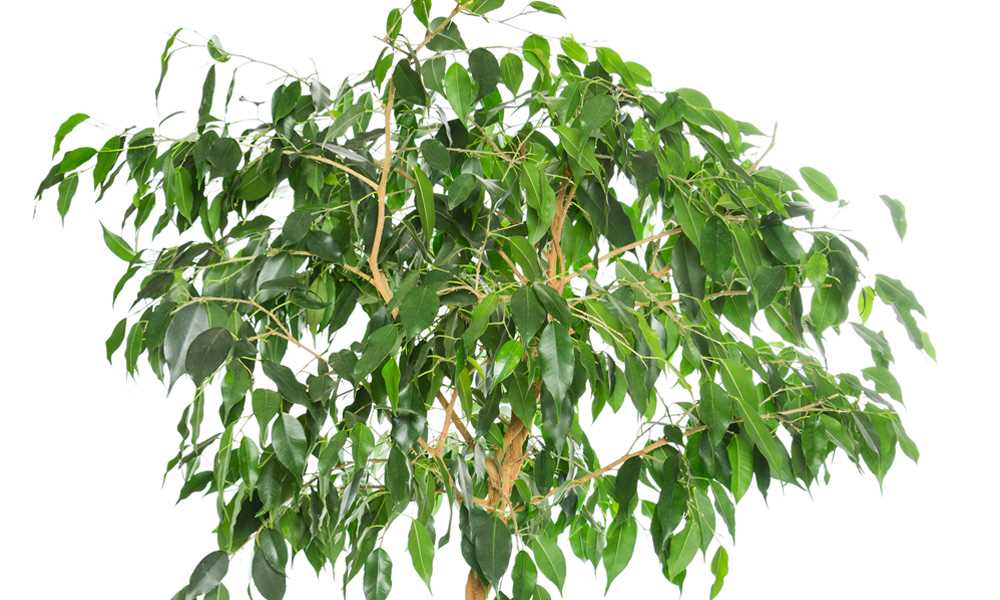

Pruning is an essential part of caring for a Ficus Benjamina houseplant. It helps to maintain the plant’s shape, control its growth, and remove any dead or damaged leaves. Here are some tips for pruning and maintaining your Ficus Benjamina:
1. Prune regularly:


Regular pruning is necessary to keep your Ficus Benjamina healthy and aesthetically pleasing. Trim back any overgrown branches or stems to maintain the desired shape of the plant. Use sharp pruning shears to make clean cuts.
2. Remove dead or yellow leaves:
Periodically inspect your Ficus Benjamina for dead or yellow leaves. These leaves should be promptly removed as they can attract pests and diseases. Gently pull them off or use scissors to cut them close to the stem.
3. Control size:
If your Ficus Benjamina is growing too large for its designated space, you can control its size by pruning. Trim the branches back to the desired length, but remember not to remove more than one-third of the plant’s foliage at a time.
4. Consider using stakes:
If your Ficus Benjamina is leaning or growing unevenly, you can use stakes to support and straighten it. Place stakes on either side of the plant and gently tie the main stem to them with soft plant ties. This will help it grow upright and maintain a more balanced shape.
5. Maintain consistent watering:


Proper watering is essential for the maintenance of your Ficus Benjamina. Keep the soil moist but not soggy, as overwatering can lead to root rot. Check the soil regularly and water when the top inch feels dry to the touch.
6. Provide adequate light:
Ficus Benjamina requires bright, indirect light to thrive. Place your plant near a window where it can receive filtered sunlight. Avoid exposing it to direct sunlight, as this can cause leaf burn.
7. Keep humidity levels up:
Ficus Benjamina prefers high humidity levels. You can increase humidity by misting the leaves with water or placing a water-filled tray near the plant. Avoid placing the plant near drafts or heating vents, as these can cause the air to become too dry.
8. Monitor for pests:
Keep an eye out for common houseplant pests, such as scale, mealybugs, and spider mites. Regularly inspect the leaves and stems for any signs of infestation, such as small insects, sticky residue, or yellowing leaves. If you notice any pests, treat them with an appropriate insecticidal soap or oil.
By following these pruning and maintenance tips, you can ensure that your Ficus Benjamina remains beautiful and healthy for years to come.
Common Pests and Diseases
Ficus Benjamina is a relatively hardy plant, but it can still be susceptible to a few common pests and diseases. Being aware of these issues can help you take appropriate measures to prevent or treat them.
Pests
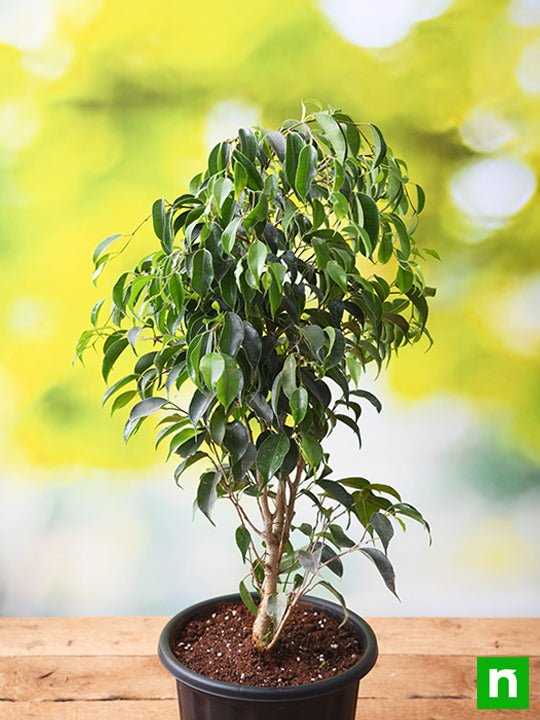

- Mealybugs: These small, white insects can infest the leaves and stems of Ficus Benjamina, sucking the plant sap and causing damage. Regularly check the foliage for signs of their presence, such as white cottony masses or sticky residue, and treat them with insecticidal soap or neem oil.
- Spider mites: These tiny pests can cause yellowing and bronzing of the leaves, as well as webbing. Increase humidity levels around the plant to discourage spider mite infestations and use insecticidal soap or neem oil to treat existing infestations.
- Aphids: Aphids are small, green, or black insects that can gather in clusters on the leaves. They feed on the plant sap and excrete a sticky substance called honeydew. Use insecticidal soap or neem oil to control aphids on your Ficus Benjamina.
Diseases
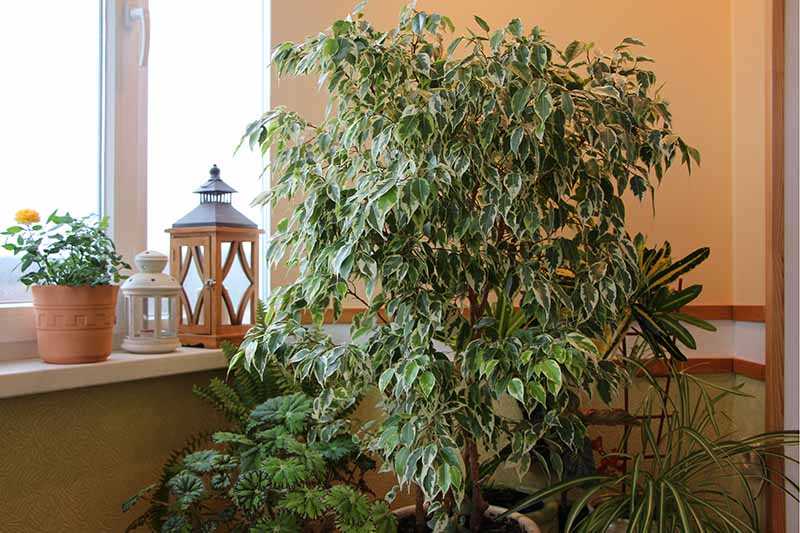

- Leaf spots: Ficus Benjamina can develop leaf spots, which can be caused by various fungal or bacterial pathogens. Avoid overhead watering and keep the foliage dry to prevent the spread of these diseases. If leaf spots appear, remove and destroy the affected leaves and treat the plant with a fungicide if necessary.
- Root rot: Overwatering and poor drainage can lead to root rot in Ficus Benjamina. Signs of root rot include wilting, yellowing leaves, and a foul odor. To prevent root rot, allow the topsoil to dry between waterings and ensure that the pot has drainage holes. If root rot occurs, remove the affected parts and repot the plant in fresh, well-draining soil.
- Scale insects: These small, dome-shaped insects can attach themselves to the leaves and stems of Ficus Benjamina, sucking the sap and causing yellowing and defoliation. Use a soft cloth or sponge to remove the scales, and treat the plant with insecticidal soap or neem oil to control the infestation.
Regularly inspecting your Ficus Benjamina for any signs of pests or diseases and addressing them promptly can help keep your plant healthy and beautiful.
Troubleshooting Common Problems
This section provides some common problems that may arise when caring for a Ficus Benjamina and their solutions:
1. Yellowing leaves
- Overwatering is a common cause of yellowing leaves. Ensure that you are not overwatering your Ficus Benjamina and allow the soil to dry out between waterings.
- Inadequate lighting can also lead to yellowing leaves. Make sure your plant is placed in a location with bright, indirect light.
- Nutrient deficiencies may cause yellowing leaves. Consider using a balanced liquid fertilizer to provide the necessary nutrients for your plant.
2. Leaf drop
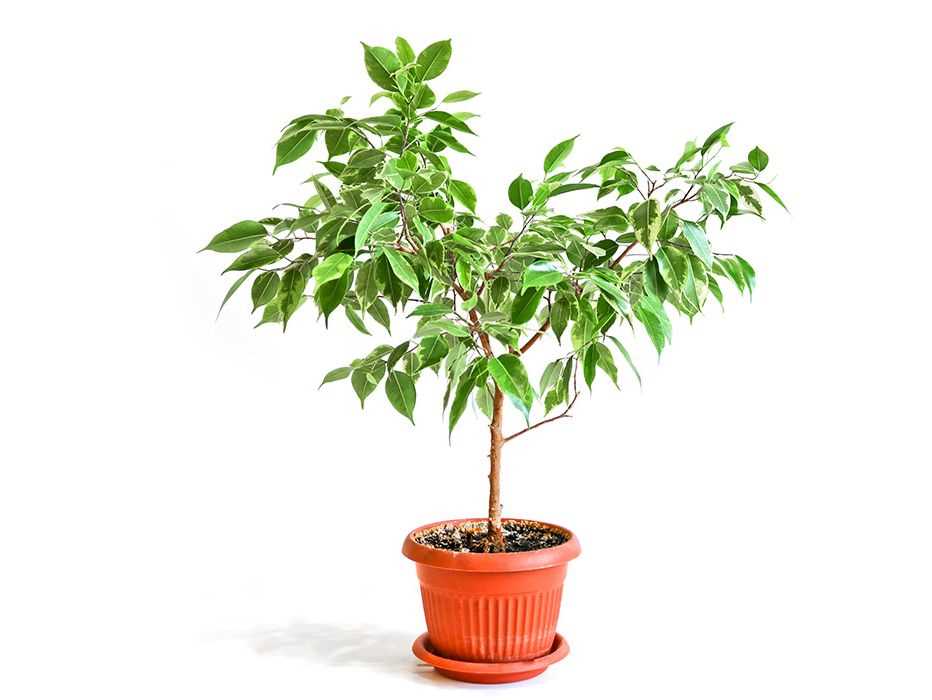

- Environmental changes, such as temperature fluctuations or moving the plant to a different location, can cause leaf drop. Try to keep the plant in a stable environment and avoid sudden changes.
- Overwatering or underwatering can also lead to leaf drop. Make sure to water your Ficus Benjamina consistently and avoid letting the soil become too dry or too saturated.
- Pests, such as spider mites or scale insects, can cause leaf drop. Inspect your plant regularly for any signs of pests and take appropriate action to address the issue.
3. Root rot
- Root rot is often caused by overwatering, which leads to the roots becoming waterlogged and prone to fungal infections. Allow the soil to dry out between waterings to prevent root rot.
- Inspect the roots of your Ficus Benjamina regularly for any signs of rot or decay. If you notice mushy or discolored roots, remove them and repot the plant in fresh, well-draining soil.
- Avoid using pots without drainage holes, as they can contribute to the development of root rot. Ensure that excess water can easily drain out of the pot.
4. Leaf spots
- Fungal and bacterial infections can cause leaf spots. Prune away any affected leaves and ensure that the plant has good air circulation to prevent the spread of the infection.
- Avoid overhead watering, as this can increase the chances of leaf spots. Instead, water at the base of the plant to keep the leaves dry.
- Ensure that your Ficus Benjamina is not exposed to extreme temperature fluctuations, as this can make the plant more susceptible to leaf spot infections.
5. Stunted growth
- Inadequate lighting can lead to stunted growth. Make sure your plant is placed in a location with bright, indirect light.
- Ensure that your Ficus Benjamina is receiving enough nutrients by fertilizing it with a balanced liquid fertilizer according to the instructions on the label.
- Check the root system for any signs of root rot or overcrowding. Repot the plant in a larger container if necessary.
By addressing these common problems and providing the proper care, you can ensure that your Ficus Benjamina remains healthy and beautiful.
Q&A:
How often should I water my Ficus Benjamina?
You should water your Ficus Benjamina when the top inch of the soil feels dry to the touch. It’s important not to overwater the plant, as it can lead to root rot.
Can I keep my Ficus Benjamina in a low-light area?
Ficus Benjamina prefers bright, indirect light, but it can tolerate lower light conditions as well. However, if you keep it in a low-light area, the plant may grow more slowly and have smaller leaves.
How big does a Ficus Benjamina plant grow?
Ficus Benjamina can grow up to 10 feet tall indoors if provided with the right conditions. However, you can control its growth by pruning it regularly.
What is the best temperature for a Ficus Benjamina?
Ficus Benjamina thrives in temperatures between 60-75 degrees Fahrenheit (15-24 degrees Celsius). It’s important to protect it from cold drafts and sudden temperature changes.
What should I do if the leaves of my Ficus Benjamina start turning yellow?
Yellow leaves can be a sign of overwatering, underwatering, or lack of light. Check the soil moisture and adjust your watering routine accordingly. Also, make sure your plant is getting enough indirect light.
Can I propagate my Ficus Benjamina?
Yes, you can propagate Ficus Benjamina through stem cuttings. Take a 4-6 inch long cutting from a healthy branch, remove the lower leaves, and place it in a pot with moist soil. Keep the cutting in a warm and humid environment until it develops roots.
Video:
Prune this: Ficus Tree overgrown and in need of a trim and a prune!
